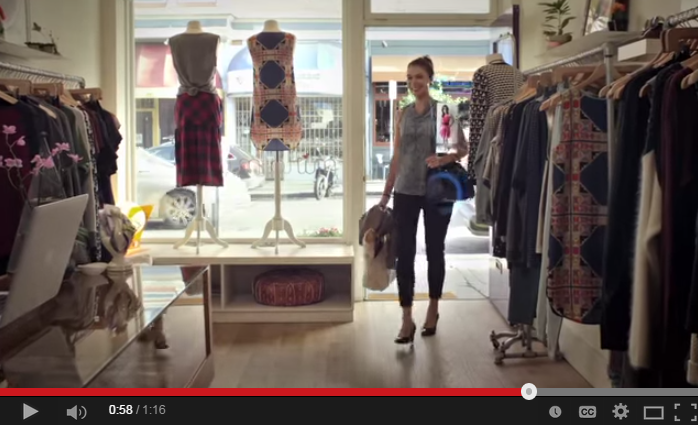
In previous articles we've discussed how location-based analysis using our Excel add-in, CDXZipStream, can be used to help build a marketing strategy. This includes analysis of population demographics by ZIP code, finding the closest proximity to customers or suppliers, even identifying geographic areas where a marketing campaign may be most effective against competitors.
But with the astronomical rise of internet commerce, where products and services can be easily found and purchased without leaving the comforts of home, is location still an important factor in marketing?
The short answer is overwhelmingly: yes! Brick-and-mortar stores are alive and well, but the definition of “location” now also needs to encompass the increasing use of mobile technology. As smartphones and other mobile devices are being used for checking email, doing web searches, and connecting to social networks, there is now the opportunity to do some highly targeted advertising and marketing based on a device (and its owner's) location.
It’s a small but fast-growing niche. By 2018, it is projected that location-based advertising and marketing will grow 54 percent a year, from $1.66 billion in 2013 to $14.8 billion in 2018, or about 7% of all digital advertising.
Location-based (or proximity) marketing has been around for a couple of years. In its most basic form businesses have taken advantage of the popularity of local search by listing on services like Google+ and Yelp. Commercial and social website advertising and push notifications also can be tied to device location. More sophisticated approaches can even couple local search with analysis of past buying or travel behaviors, to better identify potential customers.
But the newest trend in location-based marketing is tied to the new Beacon technology, such as Apple's IBeacon, an “indoor proximity system” that can initiate actions on an iOS 7 device based on its location. For example, enter a particular area of a store or mall with an iPhone in your pocket and you can opt-in to receive coupons, notification of sales or special events; you can even pay for merchandise with your own phone, without having to stand in line. Beacon-based technology is now being rolled out in a wide variety of locations such as airports, department stores, hotels, and of course, Apple stores. Here’s a quick look at Paypal’s version:

Location-based marketing programs will need to carefully address issues such as opt-in policies, privacy protection, and the dangers of “message overload”, but will ultimately be able to deliver "hyper-contextual" content for creating new revenue opportunities. To find out more about location-based marketing, here are some resources to get you started:
What is Apple iBeacon? Here's What You Need to Know
Location-Based Marketing for Dummies
4 Location-Based Marketing Tactics That Are Working
The Location-Based Marketing Association